
William George Fargo was a pioneer American expressman who helped found the modern-day financial firms of American Express Company and Wells Fargo with his business partner, Henry Wells. He was also the 27th Mayor of Buffalo, serving from 1862 until 1866 during the U.S. Civil War.
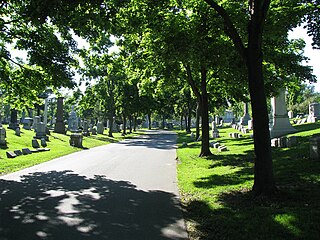
Forest Lawn Cemetery is a historic rural cemetery in Buffalo, New York, founded in 1849 by Charles E. Clarke. It covers over 269 acres (1.1 km2) and over 152,000 are buried there, including U.S. President Millard Fillmore, First Lady Abigail Fillmore, singer Rick James, Congresswoman Shirley Chisholm, and inventor Lawrence Dale Bell. Forest Lawn is on the National Register of Historic Places.

The Allentown district is a neighborhood in Buffalo, New York. The neighborhood is home to the Allentown Historic District.
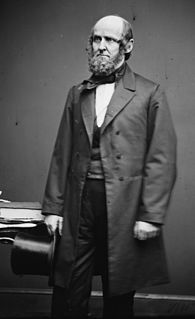
Elbridge Gerry Spaulding was an American lawyer, banker, and Republican Party politician. He opposed slavery and supported the idea for the first U.S. currency not backed by gold or silver, thus helping to keep the Union's economy afloat during the U.S. Civil War.

Joseph Mruk was an American businessman and Republican politician from Buffalo, New York. He is most notable for his service as a member of the United States House of Representatives from 1943 to 1945, and as mayor of Buffalo from 1950 to 1953.

William Findlay Rogers was a member of the U.S. House of Representatives from New York.

The National Park System preserves the history and contributions of African Americans as part of the nation's history. Over the years, the staff of the National Park Service has reflected the nation's social history. Among the first African Americans who influenced the course of the National Parks were:
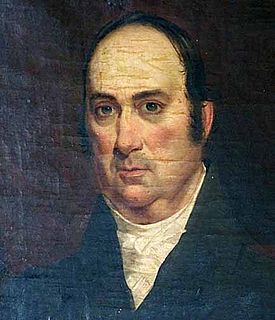
Ebenezer Johnson (1786–1849) was an American businessman and politician. He served as the first mayor of Buffalo, New York from May 1832 – March 1833 and 1834–1835.
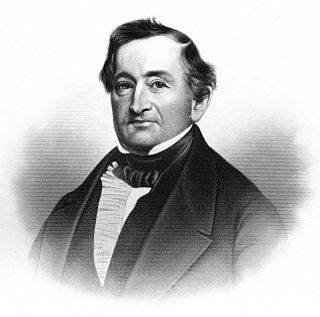
Sheldon Thompson (1785–1851) was mayor of Buffalo, New York, serving in 1840–1841. He was born in Derby, Connecticut on July 2, 1785. In early 1810, he moved to Lewiston, New York where he entered into the shipbuilding business and mercantile trade along the Great Lakes with Senior Partner, Jacob Townsend and Alvin Bronson.. He also entered the salt trade from the Onondaga salt mines. In April 1811, he married Catharine Barton. His daughter Sally Ann married Henry K. Smith a future mayor of the city. Around 1816 or 1817, Thompson moved to Black Rock, and promoted the village which was in direct competition with Buffalo for the western terminus of the Erie Canal. By 1830, Thompson moved to Buffalo and became a principal freight forwarder.
Eli Cook (1814–1865) was Mayor of the City of Buffalo, New York, serving in 1853 and from 1854 to 1855. He was born in Palatine Bridge, New York on January 23, 1814. He took up law in 1830, passed the bar exam, and in 1837 he practiced in Tennessee and Mississippi with rebel General Simon B. Buckner. In 1838, he moved to Buffalo where he became one of the leading criminal lawyers. He married around 1838, but his wife died soon after; he re-married in 1843, to Sarah L. He was appointed city attorney in 1845, and again in 1851.

Lewis P. Dayton was Mayor of the City of Buffalo, New York, serving from 1874 to 1875.
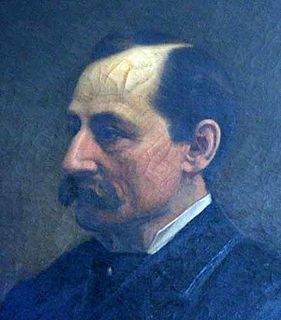
John Baker Manning (1833–1908) was Mayor of the City of Buffalo, New York, serving during January 1883 – 1884, in the aftermath of the resignation of Grover Cleveland. He was born July 13, 1833, in Albany, New York, and his siblings included Daniel Manning, who served as United States Secretary of the Treasury from 1885 to 1887. James Hilton Manning, who served as mayor of Albany, was his nephew.
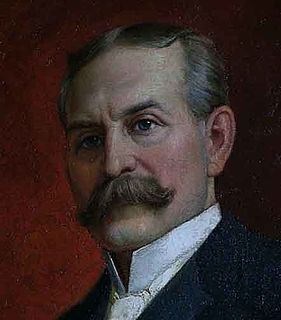
Edgar Boardman Jewett (1843–1924) was mayor of the city of Buffalo, New York from 1895–1897. He was born in Ann Arbor, Michigan on December 14, 1843. He died on March 28, 1924, while at Clifton Springs, New York, and was buried in Forest Lawn Cemetery.
Thomas Leslie Holling (1889–1966) was mayor of the City of Buffalo, New York, serving 1938–1941. He was born April 23, 1889, in Bad Axe, Michigan. He grew up in Wyoming, Ontario, moving to Buffalo in 1906, and learned the printing business. He started his own printing business in 1911, the Holling Press. In 1924, the company opened a new 10-story plant at 501 Washington Street. On June 14, 1910, he married Mary Lenhard; she died in 1955 and he remarried the following year to Helen Busch Steele in St. Petersburg, Florida.

West Village Historic District is a national historic district located at Buffalo in Erie County, New York. The district is a 19th-century residential neighborhood within walking distance of the central business district and Lake Erie. It is one of Buffalo's oldest and most intact residential areas, having been developed on the site of the estate of the city's first mayor Ebenezer Johnson and South Village of Black Rock. It contains 102 structures built between 1854 and 1914, most of which are detached single-family dwellings, with about a dozen apartment buildings. The district reflects architectural styles of the late 19th century including the Second Empire, Gothic Revival, and Italianate style. Included in the district is Johnson Park, redesigned by Frederick Law Olmsted about 1876, and Hutchinson Central Technical High School.

House at 218 Dearborn Street is a historic home located in the Black Rock neighborhood of Buffalo in Erie County, New York. It was built about 1880, and is a one-story, wood-frame shotgun-style workers cottage on a limestone foundation. It is three bays wide and has a low pitched gable roof. It features a hipped roof front porch with decorative spandrels, added about 1890. Also on the property is a shed dated to about 1890.

Eberz House is a historic home located in the Black Rock neighborhood of Buffalo in Erie County, New York. It was built about 1892, and is a 2+1⁄2-story, wood-frame Queen Anne-style dwelling on a stone foundation. It features a highly decorated front porch with turned spindlework and textured surfaces. The Eberz family rented rooms for visitors to the Pan-American Exposition in 1901.
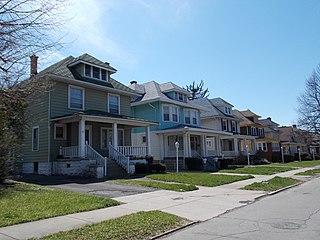
Hamlin Park Historic District is a national historic district and neighborhood located at Buffalo in Erie County, New York. The district encompasses 1,368 contributing buildings, 3 contributing sites, and 6 contributing structures in a predominantly residential section of Buffalo. The district includes a variety of residential buildings built primarily between about 1895 and 1930, and later improved through Model Cities Program grants between 1966 and 1975. It includes a variety of pattern book houses in popular architectural styles of the late-19th and early-20th century, with some interspersed Bungalow / American Craftsman style dwellings. Located in the district are the separately listed Robert T. Coles House and Studio and Stone Farmhouse. Other notable buildings include the Lutheran Church Home (1906), the former Second United Presbyterian Church (1920), and the former St. Francis DeSales Roman Catholic Church (1926).

Market Square Historic District is a national historic district located in the Black Rock neighborhood of Buffalo in Erie County, New York. The district encompasses 15 contributing buildings and 1 contributing site in a mixed residential and commercial section of Buffalo. The district developed between about 1830 and 1912, and includes a buildings in a variety of architectural styles including Federal, Gothic Revival, Italianate, Queen Anne, Romanesque Revival, and Bungalow / American Craftsman. Located in the district is the separately listed St. Francis Xavier Roman Catholic Parish Complex. Other notable contributing resources include the Market Square (1830), Black Rock Savings and Loan (1870-1910), Firehouse Engine #15 (1912), Smith House and Tavern, St. John's Church (1894), and Howell House and Store.





















